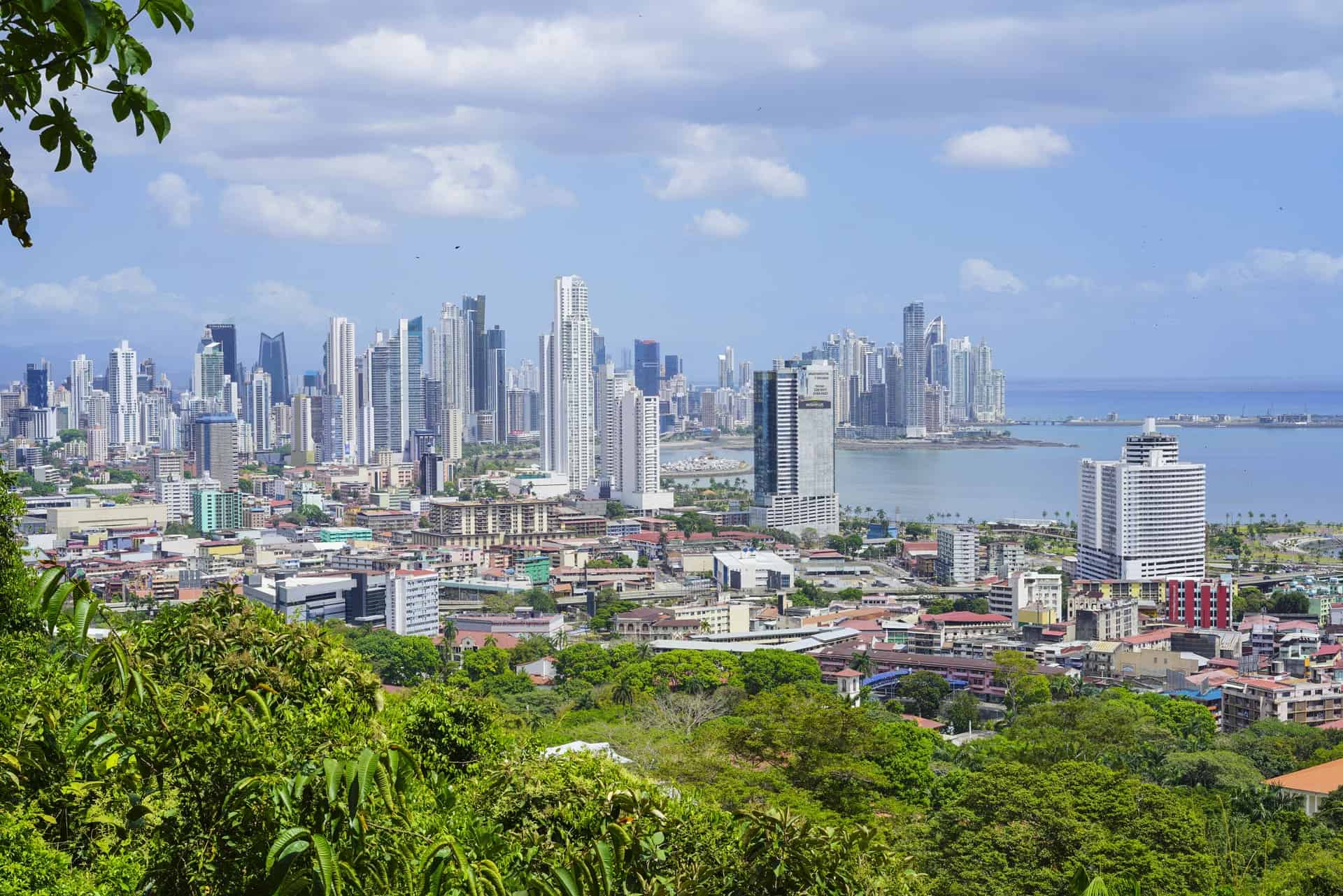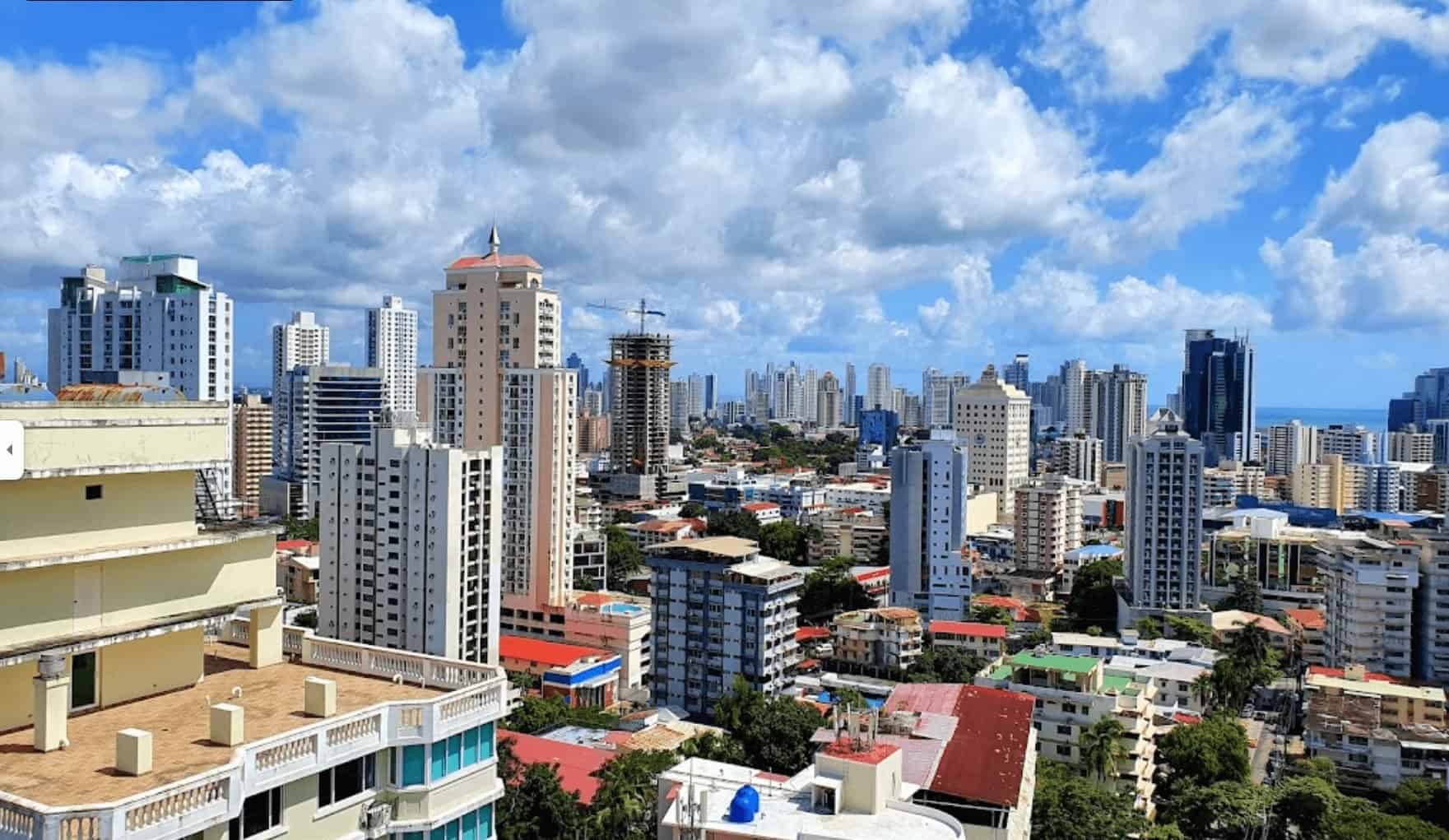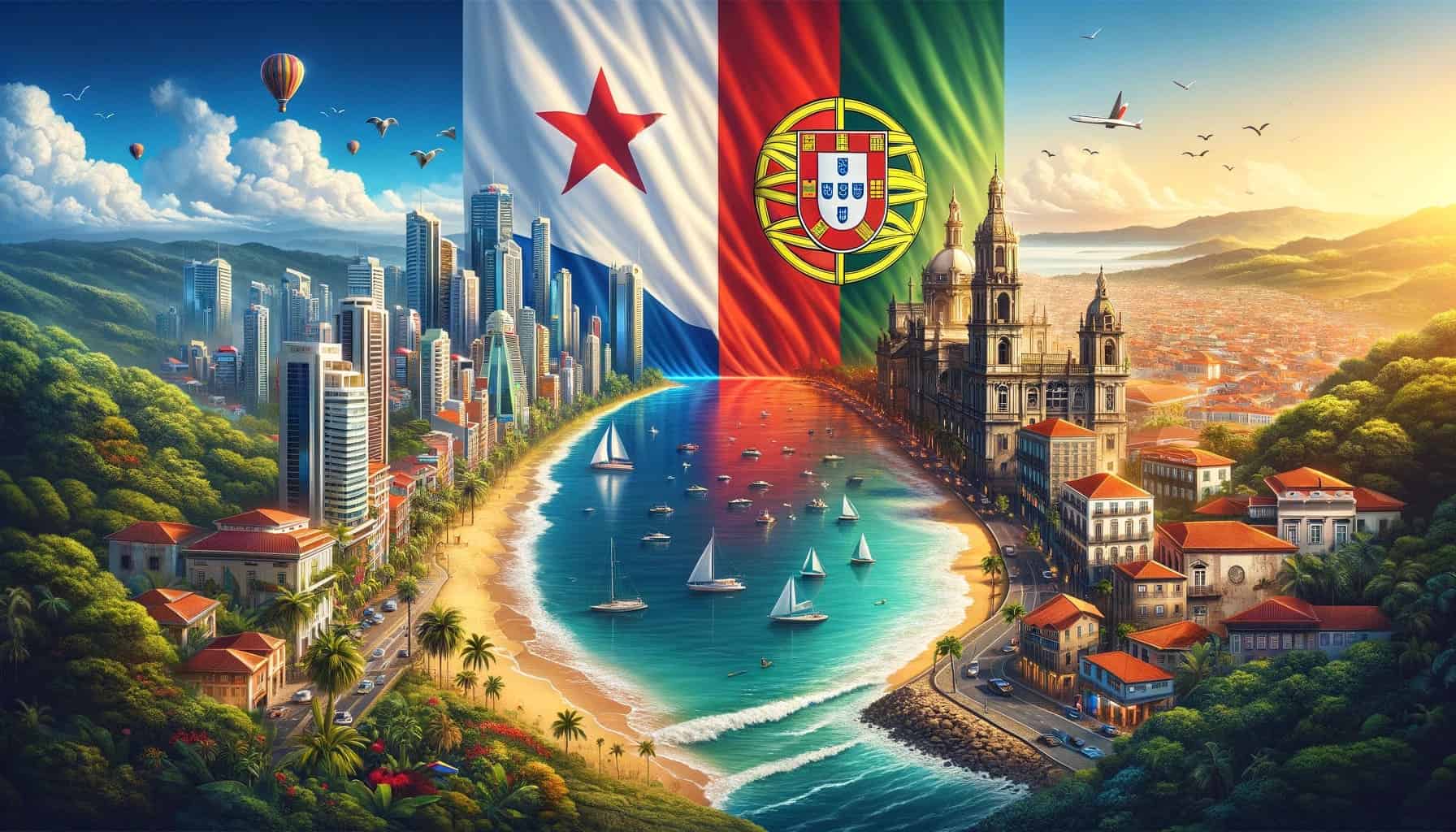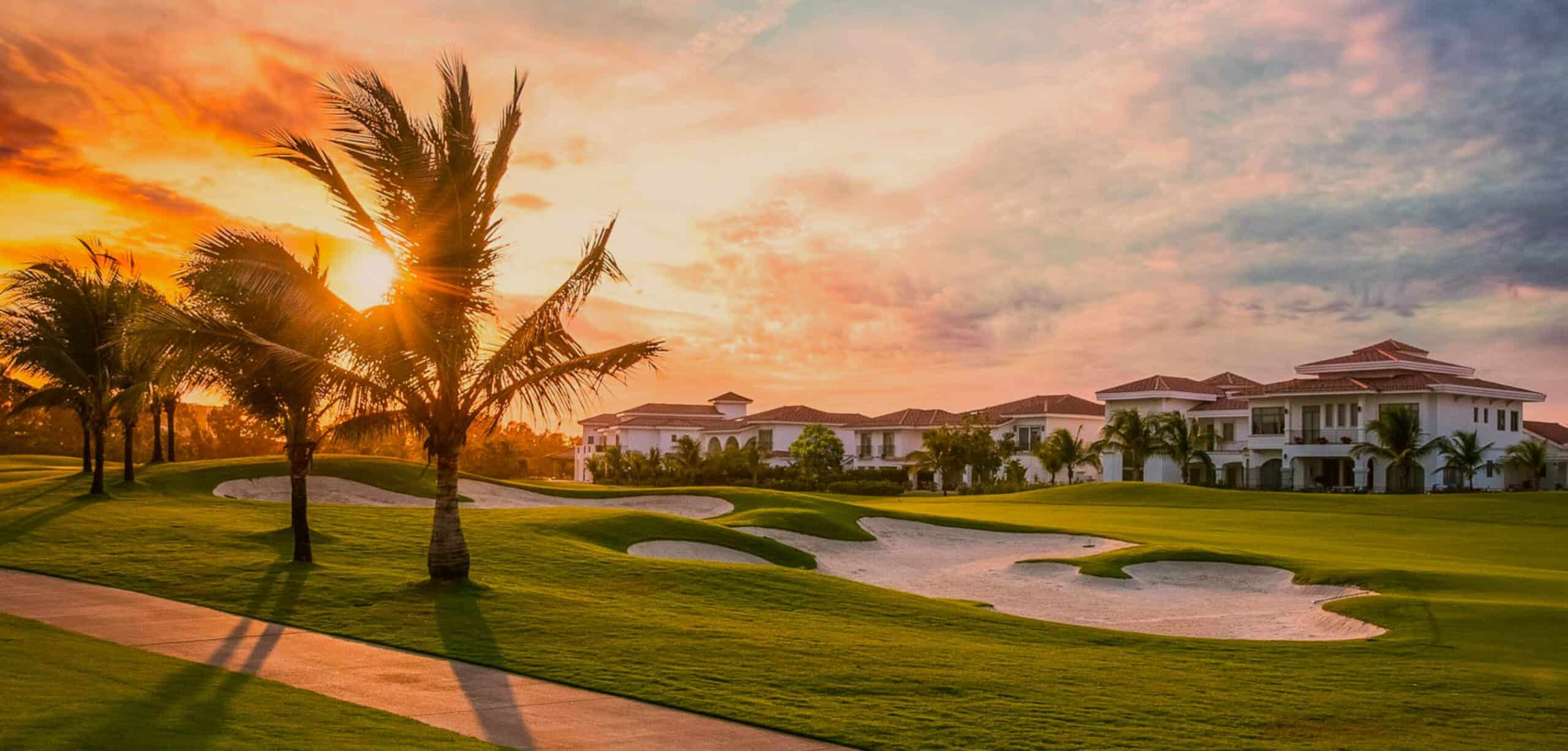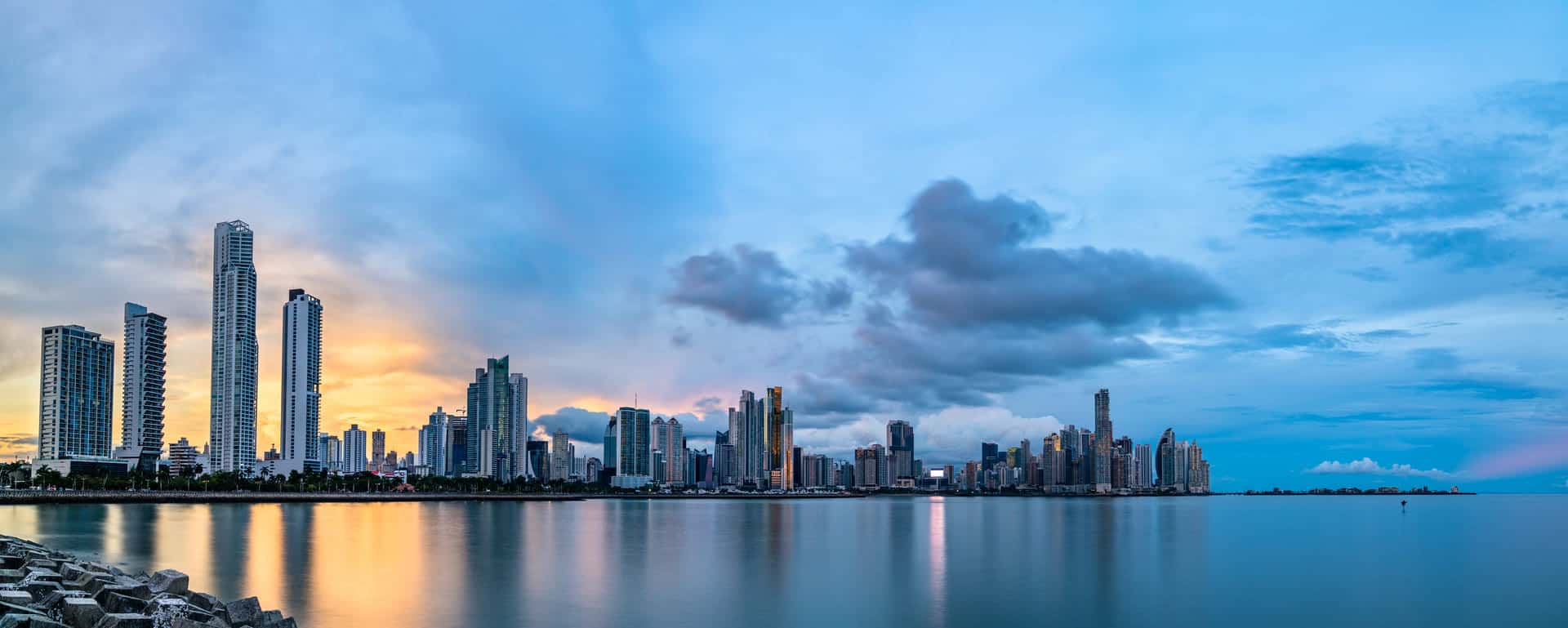Panama’s prized location and diverse cultural attractions have made it a popular destination for international visitors. This has led to a significant increase in tourists who are eager to explore its beautiful beaches and historical sites. As this steady flow of tourists continues to shape Panama’s economy, it’s crucial for those involved in real estate to understand how it affects the property market. Understanding how tourism and real estate are connected is super important for Panama’s economy and its long-term growth. This analysis isn’t just about buying and selling properties, it looks deeper into how tourism affects property prices, how many people want to buy property, and the overall property market. Knowing these things helps real estate experts make smart choices, and it gives government leaders a plan to balance the growth from tourism with keeping Panama’s unique real estate the way it is.

Economic Impact of Tourism on Panama’s Real Estate
Panama’s economy, characterized by its openness to international markets and diversified sectors, experienced robust growth with an estimated GDP increase of 7.5% in 2022. This growth was primarily driven by a surge in tourism, alongside increased investments in infrastructure and transportation. Tourism, serving as a significant source of foreign income, plays a pivotal role in Panama’s economy. The International Monetary Fund (IMF) forecasts a GDP growth rate of 6% for 2023 and 4.5% for 2024, indicating a continuing recovery, albeit at a slower pace.
The Covid-19 pandemic had a severe impact on Panama’s economy, with the GDP shrinking by 17.9% in 2020. However, the subsequent year saw a 15.3% rebound. The tourism sector, which made up 10.11 % of Panama’s GDP in 2019 with $7.05 billion in revenue from 2.49 million tourists, was particularly affected. In 2021, it revived impressively, generating 3.61 billion US dollars with 618,000 tourists, accounting for approximately 46% of all international tourism receipts in Central America.
Panama’s growing tourism sector is also influencing its real estate market. The country is attracting international property buyers, drawn by competitive property prices, the use of the US Dollar, and Panama’s favorable geopolitical position. The presence of multinational corporations in Panama City is expanding employment opportunities, leading to a surge in the demand for rental properties. Prime areas like Punta Pacifica or Costa del Este are experiencing a remarkably low vacancy rate in rental apartments, with only 5-10% of such properties currently available for rent.

Tourism Trends and Numbers in Panama
In August 2023, Panama welcomed 153,354 visitors, showcasing a dynamic tourism sector, despite a slight decrease from the previous month’s 164,226 visitors. These figures represent a robust recovery from the period during the Covid pandemic when visitor numbers plummeted. Panama’s allure for tourists extends beyond its breathtaking landscapes and diverse wildlife, also encompassing a captivating cultural heritage. While shopping, entertainment, and business continue to be primary motivations for visiting, adventure, coastal, and ecotourism experiences are increasingly prominent.
During the Covid-19 pandemic, Panama enforced stringent lockdown measures, leading to the highest economic impact in Central America. The unemployment rate in April 2022 was 8.8%, with 48.2% of the labor force being informal. In 2022, Panama saw nearly two million international visitors, a significant rebound from the sharp decline during the pandemic. Prior to the pandemic, Panama had welcomed over 2.5 million foreign visitors. This influx of tourists highlights Panama’s appeal as a tourist destination and its potential to alleviate poverty through well-managed ecotourism services, enhancing the economic viability of conservation efforts and the preservation of biodiversity and natural habitats.
Panama’s Tourism Industry – Popular Tourist Destination
Panama is a dynamic cultural hub, drawing a significant number of international tourists due to its rich blend of races and cultures. Here are some must-see attractions that showcase the country’s unique charm and appeal.
- Panama Canal: Arguably the most famous attraction in Panamá is the Panama Canal. As one of the 7 Wonders of the Modern World, the Panama Canal is a must-see for anyone traveling in the country. Built to dramatically decrease the travel time for ships between the Pacific Ocean and the Caribbean Sea, the Canal has seen over 900,000 vessels and counting. At one point this engineering miracle was considered impossible to build, but today, you can see it for yourself. To visit the Canal, the Miraflores Visitor Center is just a 15-minute drive from downtown Panama City. The Agua Clara Locks are a 1-hour drive from the capital, nearby to Colón City in the Atlantic.

- Panama Viejo: A UNESCO Cultural World Heritage Site, the settlement dates back to 1519, when Pedro Arias Dávila and 100 other inhabitants made it their home. The area now known as Panama Viejo was the first permanent European settlement on the Pacific Ocean. Explore the archeological site of Panama Viejo to see the Old Panama Cathedral, as well as various historical ruins. Panama Viejo is a short ten-minute drive or 30-minute bus ride from the city center.

- Baru Volcano National Park: Baru Volcano National Park is located in the province of Chiriqui, which is an internationally recognized producer of geisha coffee, thanks to the area’s volcanic soil. This high-quality coffee is grown at extremely high altitudes and is one of the most expensive coffee varieties in the world. Baru is the highest point in the country, which also happens to be a volcano, at 3,474 meters’ high and the 12th highest peak in Central America. The Baru Volcano is located in the Chiriqui Highlands, surrounded by the towns of Boquete, Volcan and Cerro Punta. The entrance of the Park is in Boquete, where hikes and most tours start from.

- Casco Antiguo: Casco Antiguo, also known as Casco Viejo, or the ‘old quarter,” is Panama City’s historic district. Considered a UNESCO Cultural World Heritage Site, the district dates back to 1673, and features vibrant plazas and picturesque brick-paved streets surrounded by colorful buildings. Casco Antiguo is also home to several of the city’s top museums, including the Museo del Canal (The Canal Museum), and the Museo de la Mola, featuring the traditional textile art made by the Guna indigenous people. Casco Antiguo is located in the neighborhood San Felipe in Panama City, which can be accessed by taxi, just 15min away from the city centre.

- Coiba National Park: Declared a UNESCO World Heritage Site in 2005, Coiba Marine Park is a marine reserve located off of Panama’s Pacific coast in the Gulf of Chiriquí. Coiba is a world-class diving destination on the same corridor as the Galapagos Islands, offering access to Bahia Damas Reef, the largest reef on the western coastline of the American continent. To access the park, you’ll need a permit, which can be obtained with the assistance of tour operators offering fishing, diving and ecotours. The island can be accessed by boat from several locations in Panama, but the quickest trip is an hour and fifteen-minute boat ride from Santa Catalina in Veraguas.

Positive Impacts of Tourism on Panama’s Real Estate
Explore the beneficial effects of tourism on Panama’s real estate sector, uncovering the positive influences that tourist activities bring to property development and investment in the country.
- Increased demand for properties
The prospect of robust growth in Panama underscores the attractiveness of property investment. With the nation currently undergoing economic expansion, there emerges a significant opportunity for an upsurge in the demand for residential and commercial properties. Tourism increases demand especially for leasing properties, but also paves the way for future expats, retirees or investors looking to buy real estate. This increase in demand, in turn, holds the potential to fuel substantial appreciation in property values over the course of time. Property investors, therefore, find themselves in a favorable position to capitalize on this promising economic landscape, with the expectation of long-term gains in the real estate market. - Rental Income Opportunities
Panama’s tourism industry is experiencing a boom, attracting millions of visitors each year. From pristine beaches to lush rainforests, this tropical haven offers a diverse range of attractions for tourists. As a property investor, you can capitalize on this thriving tourism industry by investing in vacation rentals or hotels.The demand for vacation rentals, especially BNBs, hostels and hotels, is steadily increasing, providing a consistent stream of rental income throughout the year. With Panama’s booming tourism industry, your property investment can generate high occupancy rates and attractive returns. - Rise in property values
Given its dollarized economy, a stable democratic government, the Panama Canal, Colon, the world’s second largest free trade zone, a network of free trade agreements, and a strategic geographical location, Panama attracts high levels of foreign direct investment. Panama had been one of the Western Hemisphere’s fastest growing economies.
The Panama City real estate market continues to show an increase in property values. Panama is remarkably stable. Panama´s real estate market has never experienced a dramatic price drop and it is creating an unprecedented buyers’ market. The main and obvious factor that affects real estate pricing in Panama, is based on the principles of supply and demand. As the economy grows, it leads to an increase in job opportunities, higher incomes, and more demand for homes and properties.
- Infrastructure development
Panama has made major investments in infrastructure like public institutions or the Metro line 3, supporting the country’s real estate industry. Improved connectivity and accessibility to many places are made possible by the development of transportation networks, including a cutting-edge international airport and a vast road network like the Interamericana. The nation continues to shape its skyline and attract investors looking for modern, efficient homes thanks to its commitment to sustainable urban planning and the development of commercial and residential projects.One of the cornerstones of Panama’s infrastructure development is its commitment to improving transportation networks. The country serves as a crucial hub, facilitating seamless travel and fostering international connectivity. This modern airport not only welcomes tourists and business travelers from around the world but also plays a vital role in transporting goods and services, reinforcing Panama’s position as a regional trade and logistics hub.
Negative Impacts of Tourism on Panama’s Real Estate
Delve into the adverse consequences of tourism on Panama’s real estate landscape, examining the challenges and downsides that arise as a result of increased tourist activity on property dynamics in the region.
- Overcrowding and strain on resources
Visitor overcrowding often termed as overtourism or unbalanced tourism, poses significant risks to the preservation of natural and historical sites, monuments, landscapes, and public spaces. This excessive influx of tourists can result in the deterioration of these vital elements, leading to a loss of destination identity and authenticity. The adverse impacts of overtourism extend beyond the tourist experience, affecting the environment and local communities that rely on tourism. Sensitive natural and historical sites, in particular, are vulnerable to wear and tear due to overcrowding. It is imperative to address this issue to ensure the sustainability of tourism and protect the valuable resources upon which it depends. In the case of Panama, overtourism doesn’t seem to be an essential threat. - Potential environmental concerns
Environmental consequences stemming from increased tourism activity typically arise due to the gradual growth in visitor numbers, seasonal surges, or sudden short-term shocks like the arrival of large cruise ships or hosting major events. These impacts include congestion-induced deterioration of tourism-related infrastructure, facilities, and local ecosystems. Additionally, they can overwhelm support services such as transportation infrastructure, water supply, and waste management, posing challenges for sustainability and conservation efforts.
- Socio-cultural impacts
The rise in tourism demand and visitation can bring about significant socio-cultural impacts. These include disruptions to the daily lives of local residents due to overcrowding and congestion at tourist attractions, public spaces, and on public transportation. When visitor numbers exceed a destination’s natural capacity, it can strain existing infrastructure and services. In urban areas, tourists expanding into residential neighborhoods can lead to the alienation of local communities due to inappropriate tourist behavior, increased noise pollution, higher pedestrian and vehicular traffic, and the deterioration of community-specific infrastructure and facilities. - Economic impacts
Overreliance on tourism income can have significant economic repercussions for destinations, especially those with pronounced seasonality. Such places are particularly vulnerable to economic challenges during off-peak periods. High seasonality can also create employment strains in non-tourism sectors during peak seasons. Furthermore, the proliferation of accommodation platforms like Airbnb in many urban areas has disrupted the local real estate market. This disruption has led to several adverse effects, including inflated real estate prices, unfair competition for licensed accommodation providers, and the gentrification of tourism hotspots and inner-city areas. In some instances, this gentrification has gone so far as to displace local residents from their neighborhoods.
Trends and Projections
Panama’s international tourism promotion efforts, led by the Panama Tourism Promotion Fund (Promtur Panama) and the Panama Tourism Authority (ATP), have made a large impact on the economy. From January to June 2023, they’ve contributed an estimated $902 million.
These initiatives have resulted in increased tourist arrivals from priority markets and a remarkable extension in tourists’ average length of stay in Panama. Particularly, tourists now stay for an average of 10.9 days, up from 8 days previously. The tourism industry is also showing promising signs of recovery, with Promtur estimating a 105% recovery in tourist arrivals by the end of 2023 compared to 2019, across all ports of entry. The Panama real estate market is projected to reach US$233.50bn in 2023, seeing a strong increase in comparism to 2017 levels.

Conclusion
In conclusion, the symbiotic relationship between tourism and Panama’s real estate market has ushered in an era of dynamic growth and mutual benefit. As the country’s breathtaking landscapes and vibrant culture continue to attract a diverse influx of tourists, the real estate market has responded with innovative developments and strategic investments. This harmonious interplay between tourism and real estate not only strengthens economic prosperity but also fosters a sustainable environment where both sectors can thrive.
However, it is essential for stakeholders to navigate this surge responsibly, balancing the economic gains with the preservation of Panama’s unique identity and natural beauty. Striking this equilibrium will not only ensure the enduring appeal of Panama as a tourist destination but also fortify the stability and resilience of its real estate market in the face of evolving global dynamics. The impact of tourism on Panama’s real estate market is not just a numerical uptick, it’s a narrative of strategic synergy and the promise of a prosperous, harmonious future.






